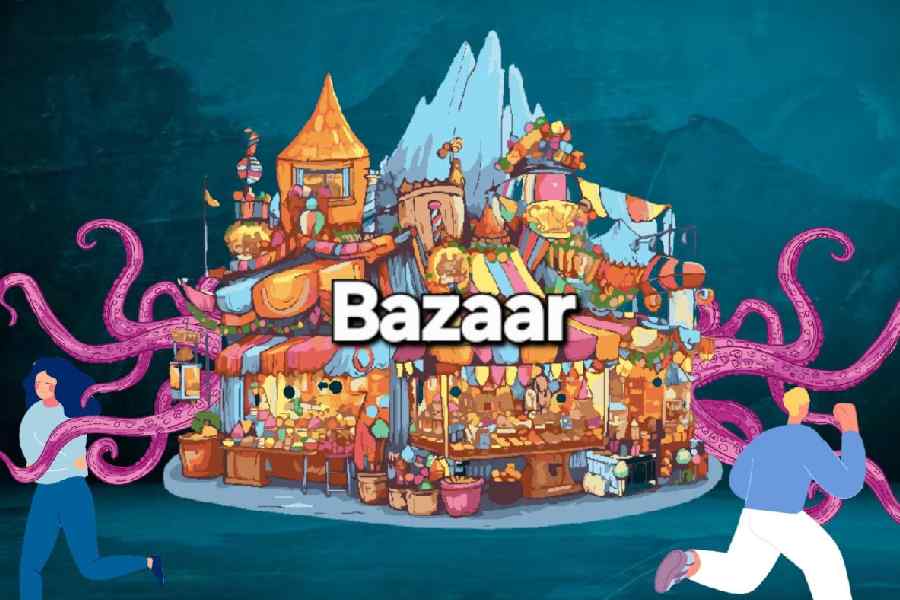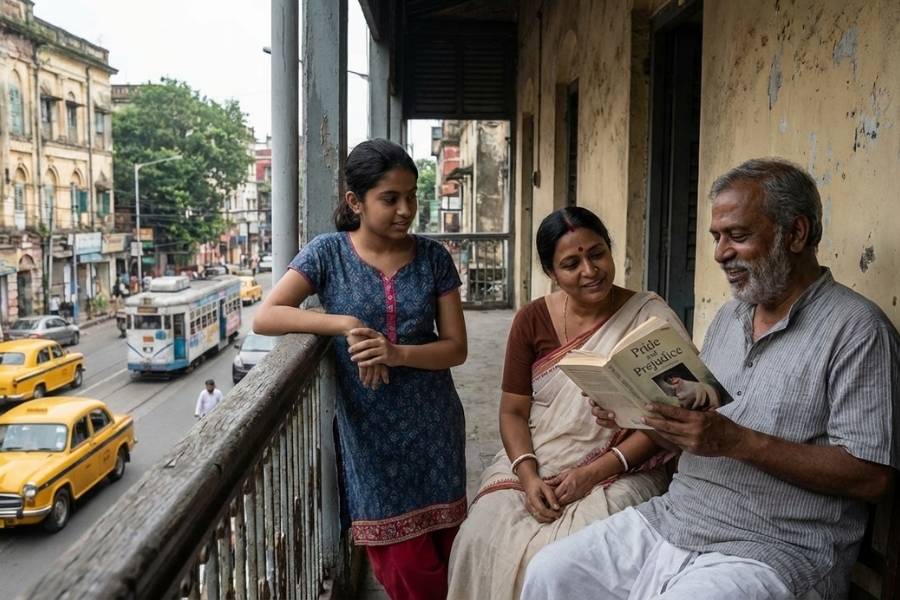Book: THE MADHOUSE: PAGALKHANA
Author: Gyan Chaturvedi
Published by: Thornbird
Price: Rs 595
Gyan Chaturvedi’s Pagalkhana, translated into English by Punarvasu Joshi as The Madhouse, is bound to remind its readers familiar with Emily Dickinson’s work of her poem, “Much Madness is divinest sense”. In this poem, Dickinson writes that going against the majority is a sure-shot recipe of being branded a madman — “Assent — and you are sane/ Demur — you’re straightaway dangerous/ And handled with a chain.” Similar sentiments find their echo in The Madhouse, a satirical, episodic, allegorical tale whose central theme is the all-pervasive presence and power of the market — the Bazaar — and the struggle of those few individuals who refuse to give in to it and give up. These handful of unnamed people are still not under the influence of the Bazaar’s intoxication. But in a world where the majority counts, these individuals are deemed crazy by those around them.
The Madhouse presents before its readers places which have all been taken over by the Bazaar and its influence on society. The most prominent of these is the plush, shining psychiatrist’s clinic we come across in the first few pages of the book. The kind of ‘patients’ waiting to see the doctor here sets the tone of the entire book and mingles humour with a sense of irony. This can, for instance, be seen in the case of the man who has been brought to the clinic because he is convinced that his son is planning to sell him on OLX, a place where all old things can be bought and sold. Then there are the nameless individuals we meet further in the book — people who haven’t accepted the market’s claims as the gospel truth and are considered crazy even by their friends and family. These figures include a retired man who tries to dig a tunnel to get away, but is soon discovered and brought to the doctor’s office; a man who wonders if it wouldn’t be better to live under the ground; and another individual who wants to lodge a complaint because he hasn’t been able to dream for a long time as his dreams have been stolen by the Bazaar.
Chaturvedi also presents how cleverly and deftly the Bazaar tries to manipulate people through its façade of politeness and refinement along with its tendency to turn everything into a money-making endeavour. For instance, it makes an offer of turning the very tunnel which is being dug to get away from its influence into a money-making machine by coming up with the idea of ‘tunnel tourism’. Through these, and other satirical incidents, Chaturvedi manages to capture the atmosphere rampant with consumerism and the growing influence of the market that has penetrated every aspect of the characters’ lives and has even come to define a human being’s value. Chaturvedi is ruthless in his analysis of both the Bazaar and the populace under its influence. But at the same time, The Madhouse isn’t all bleak; for at the end, when it seems that the Bazaar has become omnipotent and omnipresent, overtaking even god and government, it is time which revolts against it, leaving the readers with the hope that perhaps not all is lost.
Chaturvedi’s satirical tone and humour come across in the English translation as well. In particular, Joshi’s decision to keep the Hindi word, Bazaar, in the translation and use it like a proper noun throughout the book adds to the sense of the market’s maleficent power. However, at 400 plus pages, The Madhouse feels a trifle too long and, at certain places, even repetitive. Some editing, one cannot help but feel, would have resulted in a snappier and sharper satire.











